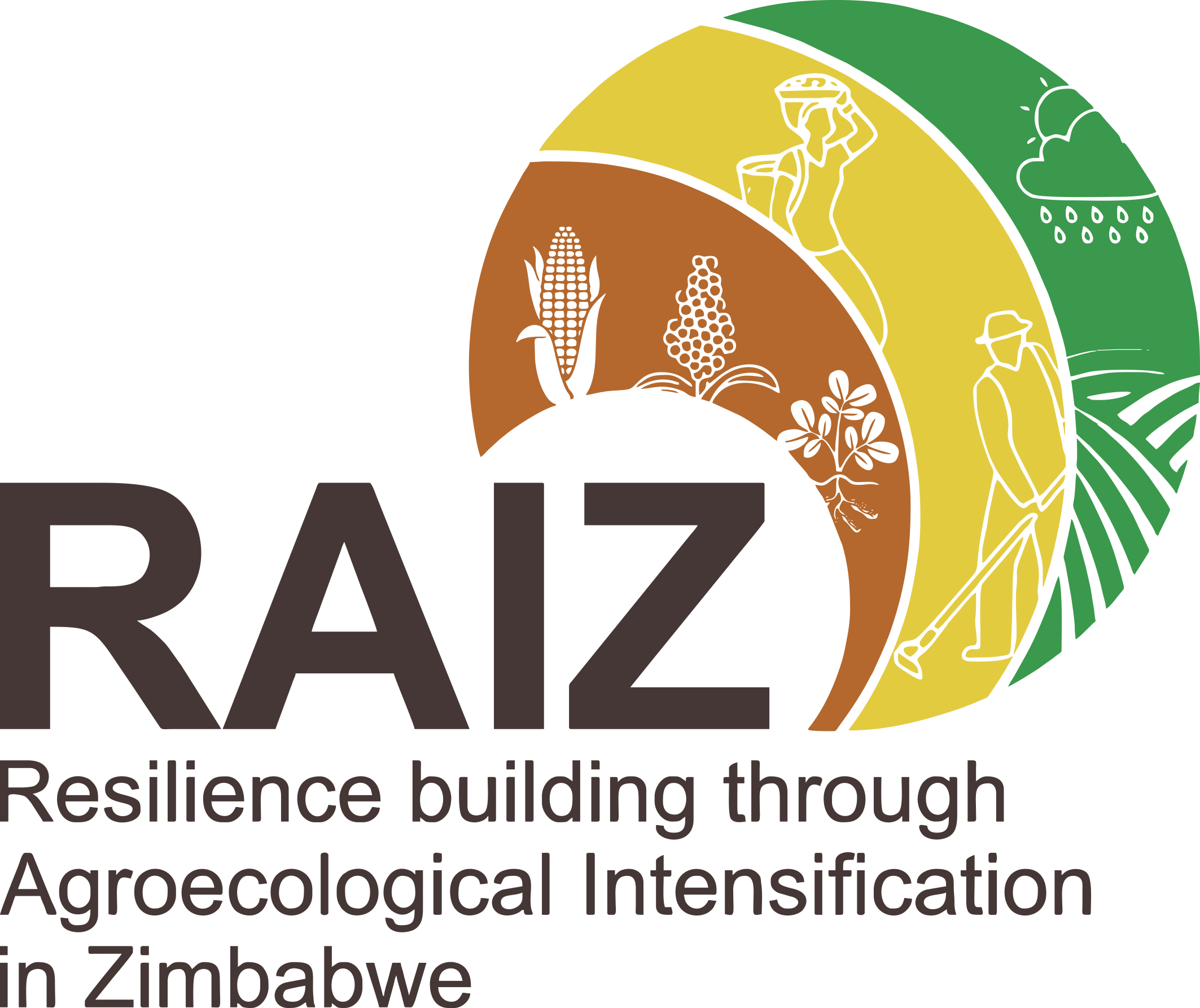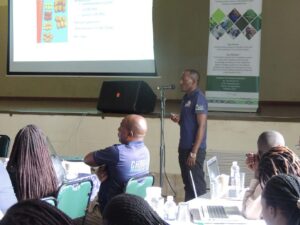Figure 1: Hardlife Chinwa during his presentation during the ZPBA Conference at Chinhoyi University of Technology
The Zimbabwe Plant Breeders Association (ZPBA) Conference was held on the 2nd of February 2024 at Chinhoyi University of Technology to address challenges posed by climate change and associated impacts and explore strategies to maximize the genetic potential of crop sciences. The conference brought together professional scientists under the theme ‘’ harnessing the genetic potential of crop sciences for enhanced food production and nutritional security under climate change in Zimbabwe’’, The conference was the opportunity for a PhD student and a researcher of the project, namely Hardlife Chinwa, to present his on-going work on ‘’ Explication on groundnut phytopathogens and yield gaps across a climate gradient in Zimbabwe.’’. The conference served as a platform for information sharing and networking within the ZPBA members and this was expected to foster further research, development and funding opportunities as well as adoption of suggested solutions.
Abstract
Despite being ranked as the second most important legume in Zimbabwe, coupled by climate change, the productivity of Arachis hypogeae L (peanut), an orphan crop under small scale farming systems is under the mayhem of Passalora arachidicola (Hori) (Early leafspot), Puccinia arachidis (peanut rust), Alternaria spp. and groundnut rossette virus (GRV) in which the latter is vectored by Aphis craccivora (Koch). The national potential habitats of ELS, GRV, Alternaria and rust, and the environmental factors influencing their climate niches are not detailed at present. To provide an extensive information for the alertness and management strategies, the maximum entropy model was used to predict their suitable habitats in Zimbabwe on sampled and unsampled areas under current conditions and future climate scenarios. A field survey for the presence of ELS, GRV, Alternaria spp. and peanut rust (PR) was conducted across 75 farmers’ fields along a climate gradient in agroecological region II, III and IV in Zimbabwe. The results showed that, precipitation seasonality (Bio15), maximum temperature of the warmest month (Bio5) and temperature annual range (Bio7) were the key bioclimatic variables governing their distribution. Suitable habitats in Zimbabwe were mostly pronounced in the Eastern side. Unlike the current climatic conditions, the future climate scenarios reduced suitable habitats under SSP1-2.6 and increased suitability under SSP2-4.5 but decreased under SSP3-7.0 and SSP4-8.5 climate scenarios.

